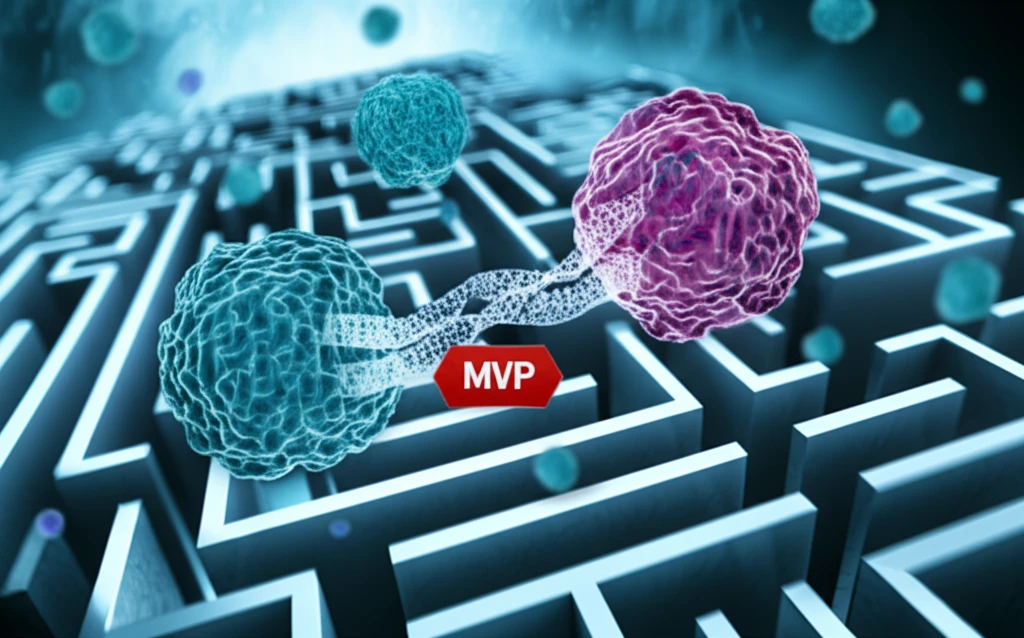
Triple-Negative Breast Cancer Breakthrough: Targeting Chemoresistance
"New research identifies key mechanisms driving chemoresistance in triple-negative breast cancer, offering hope for more effective treatments."
Triple-negative breast cancer (TNBC) is one of the most aggressive and challenging forms of the disease to treat. Unlike other breast cancers that have specific receptors like estrogen receptor (ER), progesterone receptor (PR), or human epidermal growth factor receptor 2 (HER2), TNBC lacks these targets. This absence limits the effectiveness of targeted therapies, leaving chemotherapy as the primary treatment option. However, TNBC cells frequently develop resistance to chemotherapy, significantly reducing the chances of successful treatment and leading to recurrence or metastasis.
Recent research has shed light on the intricate mechanisms behind chemoresistance in TNBC, offering potential new avenues for therapeutic intervention. A groundbreaking study identifies two key proteins, Notch1 and major vault protein (MVP), as critical players in driving chemoresistance. This discovery paves the way for innovative strategies to overcome treatment barriers and improve outcomes for women battling TNBC.
This article delves into the details of this promising research, explaining how Notch1 and MVP contribute to chemoresistance and how targeting these proteins could revolutionize TNBC treatment.
Unlocking the Secrets of Chemoresistance: Notch1 and MVP

The new study reveals that Notch1 and MVP are highly expressed in chemoresistant TNBC cells. Notch1 is a transmembrane receptor involved in cell signaling, while MVP is a protein associated with drug transport and resistance. Researchers found that Notch1 directly regulates the expression of MVP, meaning that increased Notch1 activity leads to increased MVP levels. This heightened MVP expression then facilitates the export of chemotherapeutic drugs from cancer cells, reducing their effectiveness and promoting chemoresistance.
- Increased sensitivity to chemotherapy
- Reduced AKT pathway activation
- Inhibition of EMT
- Potential for personalized treatment strategies
A Promising Future for TNBC Treatment
This research represents a significant step forward in understanding and combating chemoresistance in triple-negative breast cancer. By identifying Notch1 and MVP as key drivers of resistance, scientists have opened the door to developing novel targeted therapies that can improve treatment outcomes and enhance the quality of life for women facing this challenging diagnosis. Further research and clinical trials are needed to translate these findings into effective treatments, but the future looks brighter than ever for those battling TNBC.
